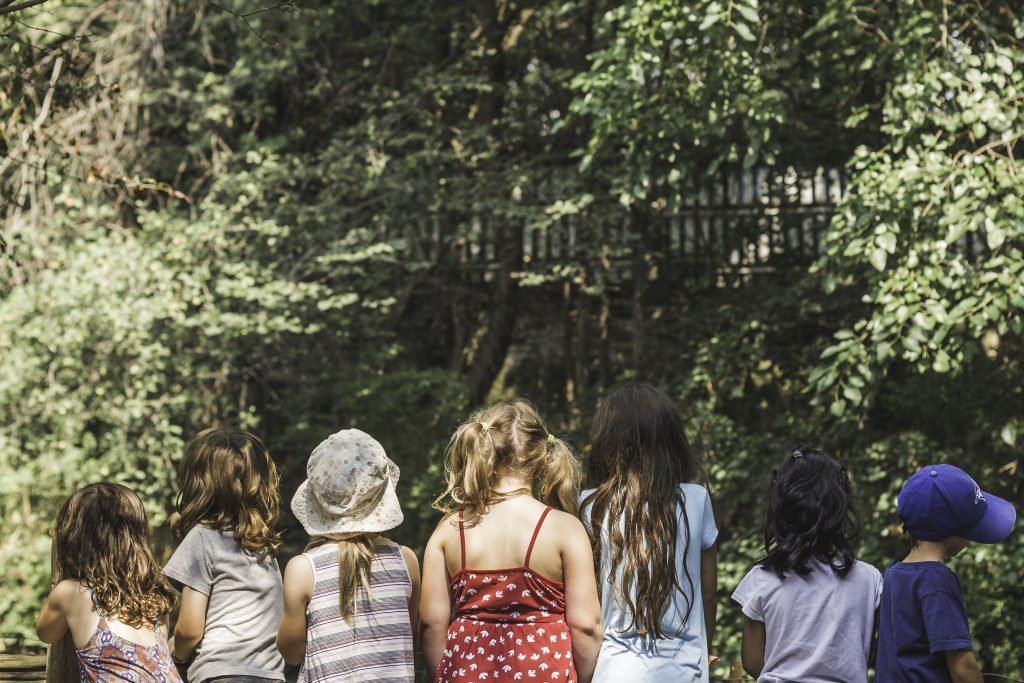A recent article in the New York Times had a headline that read, “Schools in England Introduce a New Subject: Mindfulness”. In reality, the British schools have launched a study to discover in today’s world of rapid change what mindfulness and mental health relaxation techniques will be most beneficial to students as they grow up under the pressures of the modern world.

Damian Hinds, the British education secretary, said in a statement, “Children will start to be introduced gradually to issues around mental health, well-being and happiness right from the start of primary school.” The National Health Service found that one in eight children in England between the ages of 5 and 19 suffered from at least one mental disorder at the time of their assessment in 2017. Another British study, released in November, 2018, indicated a slight increase in mental disorders in five to 15-year-olds, which rose to 11.2 percent in 2017 from 9.7 percent in 1999. Disorders like anxiety and depression were the most common. (New York Times, Feb. 4, 2019)
Mindfulness Techniques
As you will read if you the click through to the UK press release from the British Department of Education, the Department of Health and Social Care, and two current members of parliament, schools there are in the midst of the biggest trial ever of mindfulness techniques and other relaxation skills. 370 of England’s 20,925 primary schools will indeed be rolling out mindfulness as a new subject. While the value of mindfulness techniques has been tested extensively, this is the largest look at how it might make the lives of elementary students better, and how it will influence participants as they age.
Donna Torney in her book Mindfulness for Emerging Adults gives a great example of how mindfulness techniques can influence further development by imagining the brain to be a set of nesting Russian dolls:
If one of the smaller dolls has a chip or a gap, it may not be able to fit easily into the next doll. It may require going back and reshaping the smaller doll for the entire set to fit. Far better if we can avoid the chips or gaps in the first place.
Another benefit to exposing children to mental health issues is easing the stigma of mental illness. “Fear of judgment and ridicule about anxiety [mental health] issues often compels individuals and their families to hide from society rather than face criticism, shunning, labeling, and stereotyping. Instead of seeking treatment, they struggle in silence.” (Leutenberg, Liptak 2016). Kids are more likely than adults to speak out about mental health issues just as they do about just about everything else. Who hasn’t been embarrassed by a child saying something like, “Mommy, look at that giant!” just as your favorite NBA star passes by at the mall. Napoleon Bonaparte said, “Ten people who speak make more noise than ten thousand who are silent.” Informed children will speak out. Children who have a basic understanding of mental health and bullying will help their classmate who is being taunted by others.
Becoming Upstanders
In schools and out, bystanders who had simply stood there and watched a fellow student being bullied can become upstanders. Witnessing bullying is upsetting and affects the bystander, too. These children have the potential to make a positive difference in a bullying situation. An upstander is someone who sees what happens and intervenes, interrupts, or speaks up to stop the bullying. Children who learn about mental health issues are more likely to become upstanders simply because exposure to mental health and what mental illness is demystifies if for them. Kids are less likely to make fun of what they understand. Furthermore, when youth who are bullied are defended and supported by their peers, they are less anxious and depressed than those who are not. (stopbullying.gov retrieved 2/4/19).
Portions of this article have been excerpted from:
- Leutenberg, E., Liptak, J, EdD, Social Skill Strategies, (Whole Person Associates, Duluth, MN) 2016.
- Torney, Donna, MA, LMHC, RYT, Mindfulness for Emerging Adults, (Whole Person Associates, Duluth, MN) 2017
- https://www.gov.uk/government/news/one-of-the-largest-mental-health-trials-launches-in-schools
